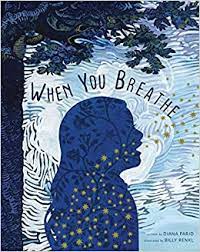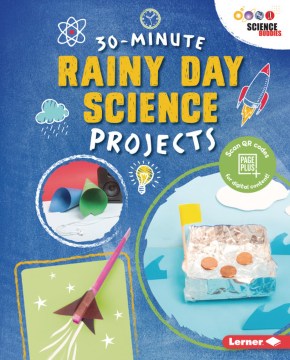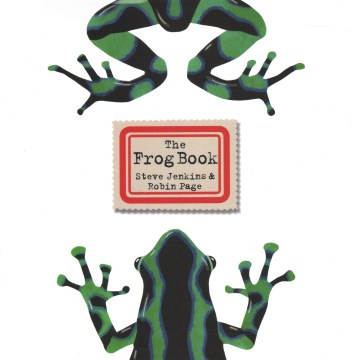This book is a work of art. It is pure poetic beauty. It is outstanding.
You receive amazing illustrations by Billy Renkl such as the imagery of our lungs being upside trees, with the comparison of the branches of trees to the capillaries in our lungs. As Diana Farid tells us,
“When you breath–whoosh–
breath fills
the upside-down tree
inside your rising chest.”
This book delivers a beautiful blend of poetry, science and art. Conveying the feeling that you, are connected, a part of, of the larger natural world. You breath in the sky and stardust and atoms of the universe! Every page has stunning imagery worthy of frame and display in home or institution. The marriage of wording and illustrations is perfectly lovely in this poetry book.




